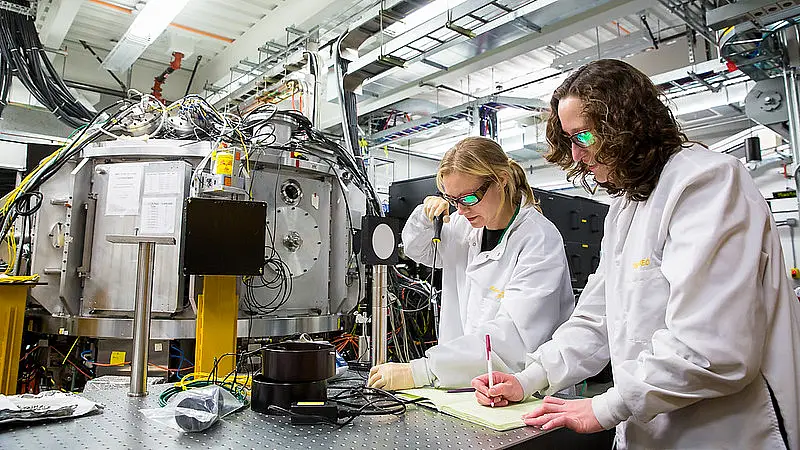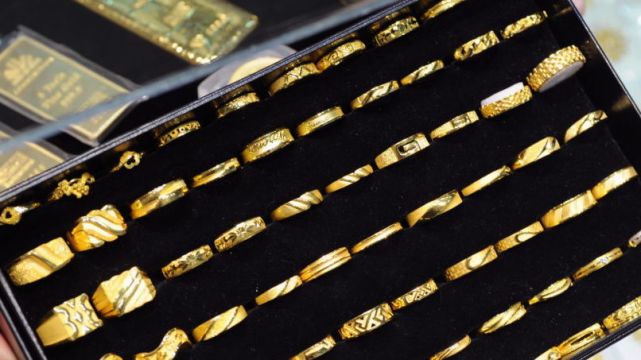Some of the secrets of gold have been uncovered by a team of scientists led by a Belfast university.
The team conducted a series of “ground-breaking” experiments on the precious metal and its melting point.
The metal was found to react unexpectedly to extreme temperatures.
The scientists used high-intensity lasers to heat gold to very high temperatures and observe the results at the atomic level.
Contrary to expectations, the metal stopped melting and instead became harder and stronger past a certain heat threshold.

Ever-increasing amounts of energy were then required to bring the gold to melting point.
The lasers used are called femtosecond lasers and operate on ultrafast timescales, with a femtosecond being one millionth of a billionth of a second.
The scientists followed up the laser hits by observing the changes using femtosecond-duration X-ray pulses.
These experiments were carried out using the highest-resolution X-ray machines available in the world. Only five research facilities exist globally with this kind of equipment and top researchers must compete for highly prized and restricted timeslots.
The discovery is set to have wide-ranging implications for technology and industry.
Dr Adrien Descamps and Dr Emma McBride, from the Queen’s University Belfast, led a team from the UK, US, Germany and France, at the Linac Coherent Light Source, an X-ray Free Electron Laser at the SLAC National Accelerator Laboratory in California.
Dr Descamps described the study as a “bridge between theoretical physics and the real world”.
He said: “And while the simulations of the past may have posited that this effect might be possible, our experiment has provided hundreds of data points, giving an enormous amount of detail and evidence which was previously unavailable.
“You can only get this kind of detail at the atomic level – we were probing the timescale between before applying the laser and the material blowing up – which is a tiny fraction of a split-second.
“You can only really study that at pico-second scale – it happens too fast to see with the naked eye or in ‘real time’.”
Dr McBride added: “It was such a privilege to use these highly specialised and expensive X-Ray machines and we are amazingly grateful for that opportunity.
“We wouldn’t have been able to carry out this experiment more than 10 years ago – this kind of sophisticated machinery simply didn’t exist, and we had no way of knowing how materials would respond to lasers at such intensity.
“By proving that phonon hardening is indeed real and can be evidenced, it will increase our understanding of how energy flows and how materials respond. This will be invaluable for the future of applied science and technology.”
The research is published in Science Advances.







